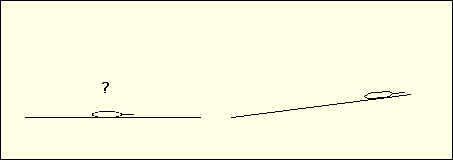
When animals are disturbed and released into shallow water, they tend to "escape" into the prevaling wave surge (Rudloe and Hernkind 1976). However Ireland and Barlow (1978) showed that sighted horseshoe crabs seemed better able to orient underwater than those that had their eyes covered.
When Botton and Loveland (1987) observed horseshoe crabs on flat and slightly sloped beaches, they found that animals on the flat beach often had difficulty in finding the water, while those on sloped beaches took a path perpendicular to the slope which led (generally) to the water. When they covered the eyes of some animals, they found that the same distinction still existed.





